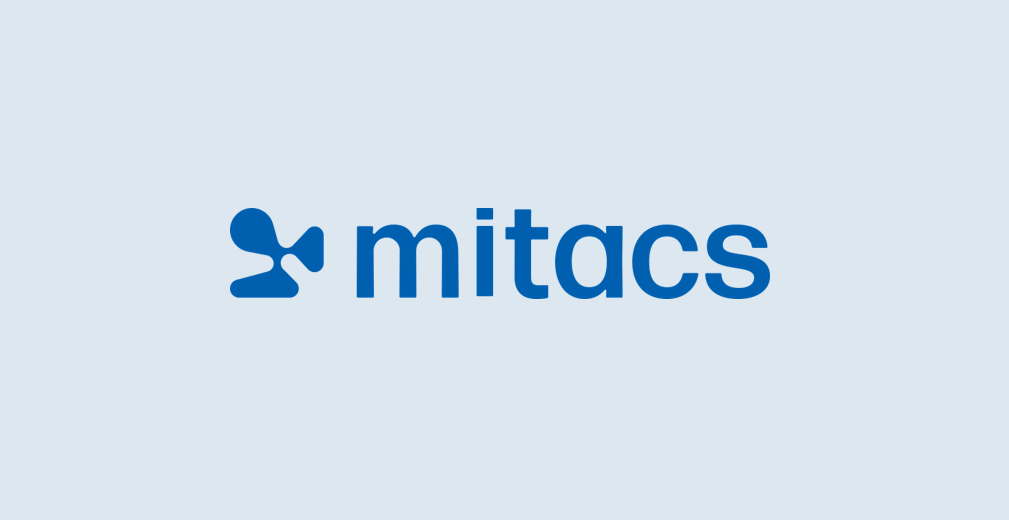
Project Blue Sky is a website and data entry widget that was created through a partnership with the Province of BC, the Canadian Olympic Committee and the Masters of Digital Media students at the Great Northern Way Campus. Its goal is to encourage individuals to avoid driving and pledge that carbon reduction against the 2010 […]
Read More